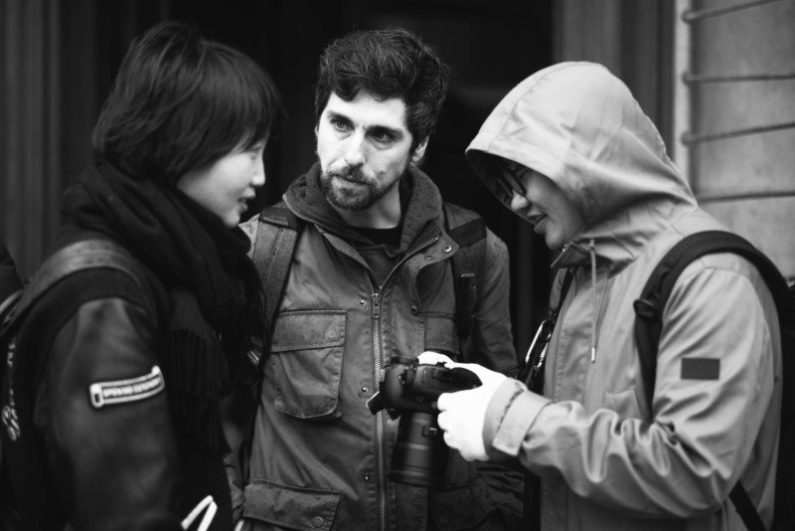
![]()
For a while now I have been working on establishing myself as a street photography educator by leading lessons and workshops throughout London, focusing on documenting human behavior and emotion rather than more new-wave techniques involving light-architecture and intricate technical compositions.
My most recent workshop, held over the second weekend of February involved a very diverse group of students, which posed some of the most interesting challenges I’ve faced so far. I thought it would be useful to share some of the things I was dealing with while teaching in order to offer some insight into street photography as an educational vocation as well as an artistic and sociological pursuit.
![]()
1. Slow down, in every way.
One of my most common instructions to a group will be to slow down, not only in the way that they walk around but also in the way they treat their gear and the people around them. Our course lasts for three days, and we spend the majority of the first and second out shooting. Many students fear they will miss a moment due to being too far, or not being somewhere fast enough.
The way I see it is that every action you make is a judgment between one location or another, one character or another, or one camera action and another. There will always be another shot, and especially when treating street photography as a hobby rather than needing to sell prints as a livelihood, for example, you will almost always be far more rewarded from the results of a slower approach than a fast one.
The exercises and assignments we set in the course will go over a specific approach again and again, and we insist that even after the course is over the students continue to practice different shooting styles.
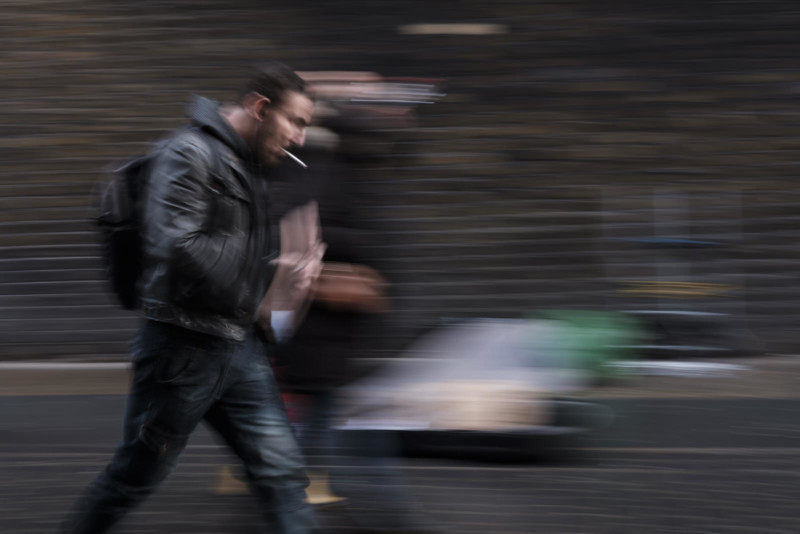
2. Street photography means something different to everyone.
I have a very clear idea of what street photography means to me, but whenever we take on a new group of students it is very important to discover exactly what their definition is for what they are trying to achieve.
Some people are simply looking to improve with approaching people for street portraits, whereas others are more interested in inanimate objects, representing what life leaves behind rather than specific actions and activity.
Although the methodology for capturing these will sometimes be similar it is still important to be very specific that different circumstances call for different approaches. As a teacher, it is sometimes difficult to keep in mind which students are looking to achieve which effect and to guide them accordingly to different points of interest in a scene.
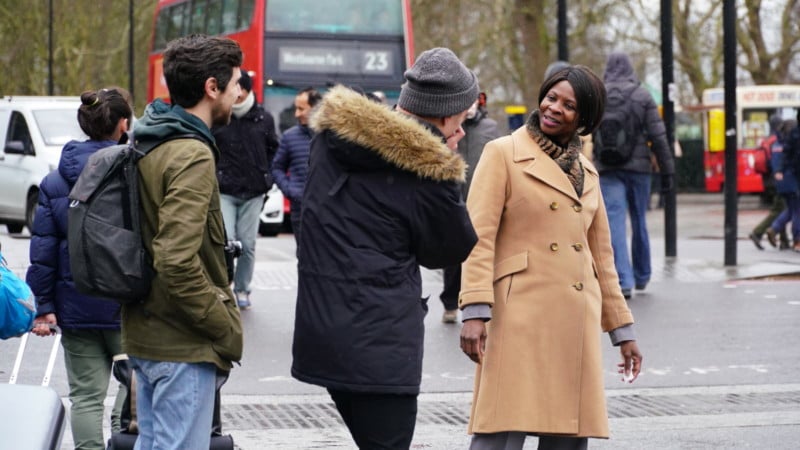
3. Everyone brings something different to their style, and that isn’t always a good thing.
Everyone is “tuned” to see things differently based on their past consumption of media, photographs, their politics, education, and so on. This means that some people have a very set idea of what the “Human Condition” actually involves, and as a teacher, it is my job to try and open their eyes to other possible ways of seeing.
In my last class, I had a student who was an incredibly competent still-life photographer. After we reviewed the work from the first assignment it was very clear that this student had simply gone out and interpreted our instructions in a fine-art, still-life mentality. He has come wanting to learn how to shoot people better but had avoided including any in these images.
David and I had to tell him that if he wanted different results he was going to have to take a different approach. He ended up putting his Canon back in his bag and shooting the rest of the course with his iPhone. You can still feel a still-life aesthetic from his images, but I’m very proud of the way he adapted to include more “real-life.”
![]()
4. Hurdles are almost always either technical or mental.
Actual technical control over a camera is not difficult to learn. Basic functions of exposure and focus can be mastered in a matter of weeks, and for street photography, I tend to encourage shooting in either aperture priority or fully automatic so that you’re focused on the scene rather than the gear.
The mental hurdles are far harder for some students to break down; the self-imposed fears, limitations, and ethics that may prevent them from shooting a candid image or even taking up someone’s time by asking for a street portrait.
There are a few techniques we go over for candid work, and a few discussions to see what people’s reasons are for avoiding people. It can often feel more like a therapy session than a class, but we can usually break through these barriers by the end of the second day.
The images throughout this article are all by students who started out with preconceptions and misgivings about the way they would be perceived as street photographers, and general fear of approaching people. It was great watching as a teacher and seeing these students open up, open their minds to a friendly approach, and being rewarded by these images.
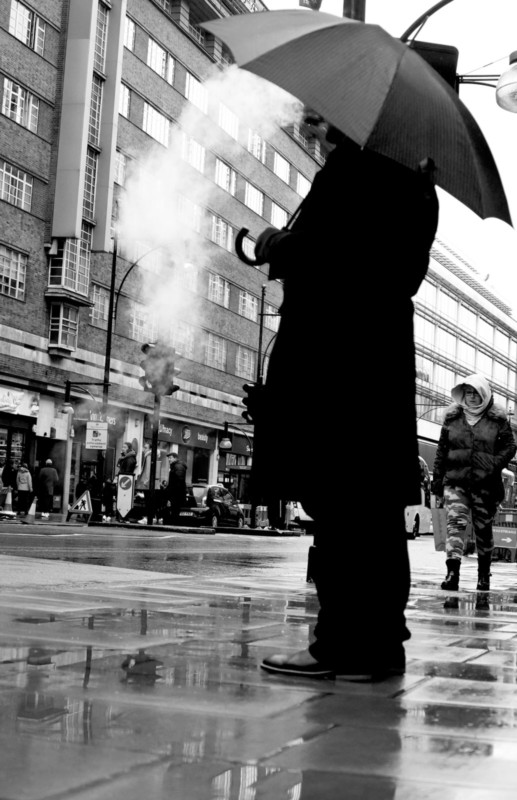
5. You can only control yourself.
One of the most important lessons I think is that in street photography, the only “moving part” of a scene you truly have control over is yourself. Composition relies on where you choose to place yourself. Part of this means always looking for vantage points or safe places to kneel down for lower angle shots. Constantly working the scene means more than taking many images from one spot, but trying every spot you have access to until the best composition reveals itself. Sometimes only a few millimeters can make all the difference!
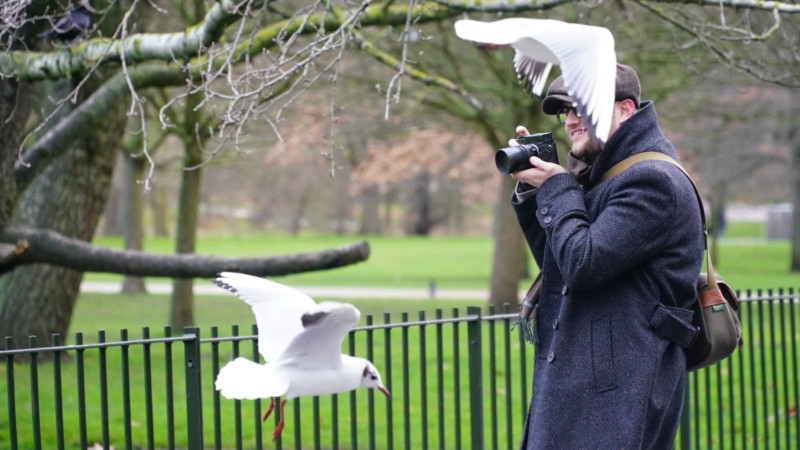
6. Three is a crowd.
One of the hardest things to manage is working as a group while maintaining the integrity of a scene. When I shoot my personal work I’ll either be alone or with one other person, which I prefer for a few reasons. When working with a small group I like to manage four people, because that makes for a good ratio of two groups of two, with one tutor, either David or myself, overseeing each.
However, there is a definite difference between operating as two people and operating as three. The dynamic is entirely different, and subjects respond differently to seeing three lenses.
For this reason, I try and keep a few steps distance between myself and my students, although I’ll always run in and offer insight if I feel it’s necessary.
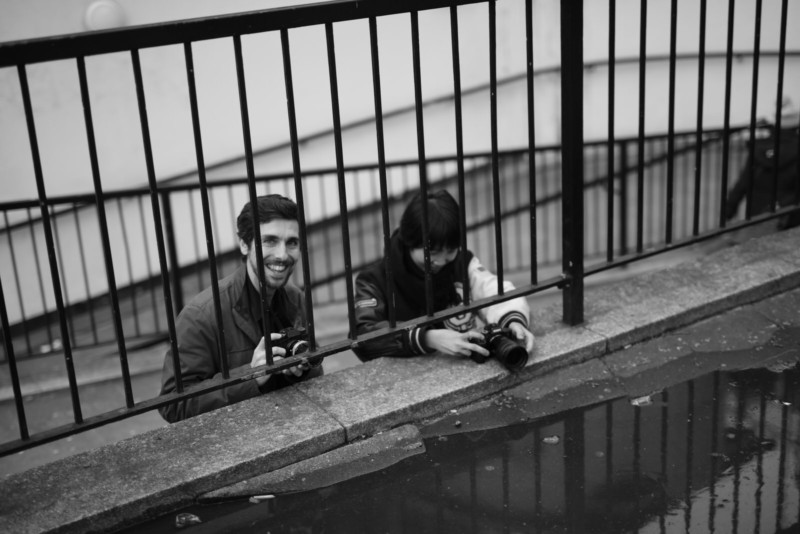
7. Photographs are one of the worst examples when teaching photography.
My presentations, discussions, and practice research assignments are based around individual activity and personal development – learning by doing. There are no diagrams or examples of photographs. I do not teach the history of street photography, and I am not interested in showcasing my own work. Techniques are better demonstrated in person so that students can try things out rather than interpreting a diagram.
I find that showing an example of a photograph will lead to students seeking to copy that image, even if I specifically ask them not to. Even after presenting their own work to each other I will see the influence of this work on the other students.
Further, when looking at a photograph you can often not really tell exactly how it was taken unless you specifically look for the photographer’s story. Simply looking at work without, for example, a contact sheet, can leave a student feeling confused and with no real insight on how it was achieved – not at a technical level but at a sociological one.
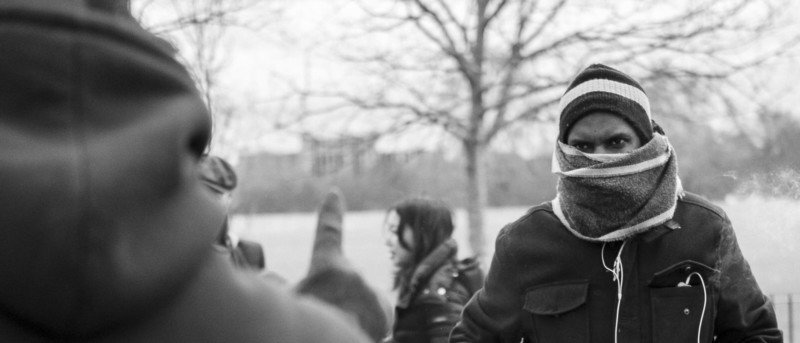
8. Try every technique at least once!
Not every technique will fit with everyone’s shooting style. However even if a method doesn’t feel right it is still useful to know as many as possible, so that if the circumstances of a scene called for something specific, you are equipped to deal with it. You may also combine techniques and find that that suits you better. When I teach, I cover shooting from the hip, framing and zone focusing, panning, exposing for different conditions, and using the camera Lomography style.
Not everything clicks for every student but it’s great watching a student get to grips with a style and then apply it without me asking them to, but when they think it suits a scene, is really great!
![]()
9. If you aren’t frustrated then you probably aren’t learning.
Street photography can be one of the most frustrating genres, as nothing is ever guaranteed. It can be difficult to see your own progress, and there will always be a feeling of inadequacy when seeing work others are producing, even if yours is just as good if not better. Many students can identify where they would like their work to be, but the steps getting there are not as clear. Training your eye to see things differently does take time, and this process cannot be forced. The framework from the course is an excellent place to start, but a lot of it is in the student’s hands.
Many students express their frustration that they cannot see the things I am pointing out, or that they can’t quite expose the right way, or any number of other things, and I always reply in the same way: if you didn’t feel frustrated then you wouldn’t be learning anything. Frustration occurs when you reach the edge of a personal barrier, and you are trying to break through. After hard work and practice, that frustration will be replaced by frustration towards a different aspect of photography. It will rarely go away entirely but should be used to motivate you onwards rather than be an excuse to quit.
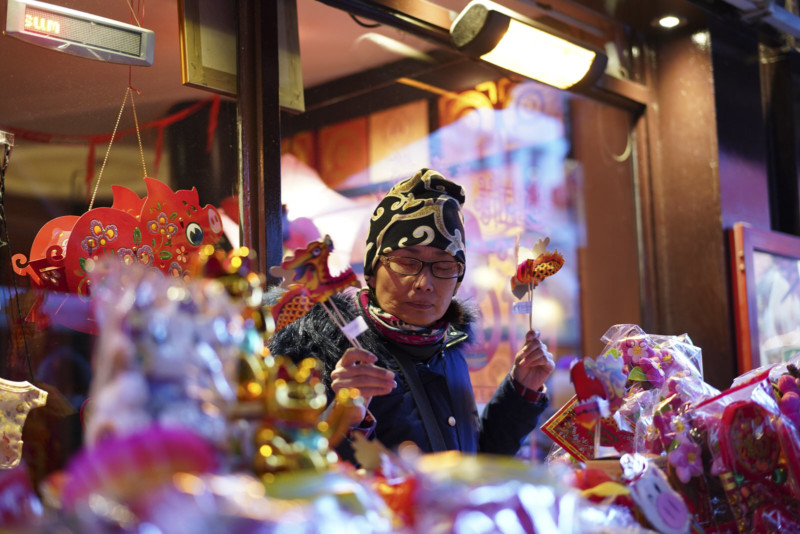
10. The photographs don’t really matter.
The point of studying a short course in street photography is not to achieve a fantastic portfolio of images over a weekend. Although it is nice to have hard work pay off in the form of a photograph you enjoy it is far more important to use the experience to learn and grow as a person, and an artist. Even if you decide afterward that street photography is not for you it should hopefully help the way you relate to strangers, and observe the light and interaction around you.
The feeling of shooting with a group of positive, energetic, like-minded artists can be enough to spark a desire to continue, and importantly continue to improve, and that can lead to a portfolio of work, or just better images overall that document that person’s life. It’s the attitude, not the images.
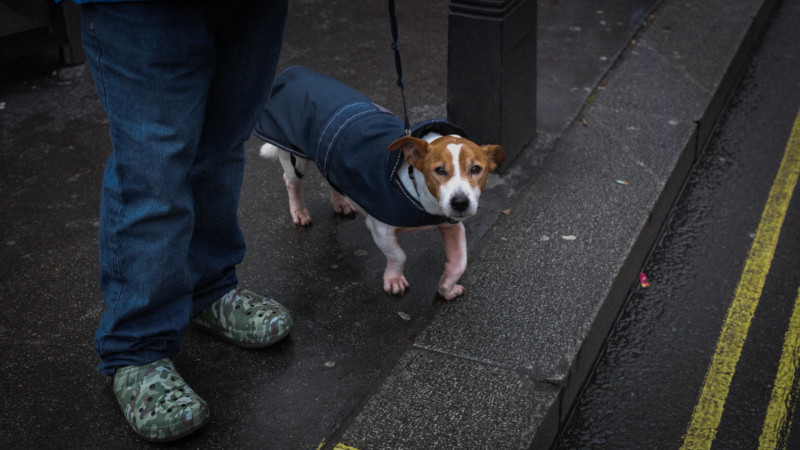
11. Introspection is difficult, but very necessary.
I’m a very introspective person, it’s one of the reasons I write so much! I encourage my students to really study every decision they make while out and about shooting, while editing, and while critiquing their own work and others in order to identify in a non-abstract way what works and what does not as an image.
Self-improvement will come from creating structure from previous experience, so the last day of our course, which involves editing, curating, and criticism, is designed to help nurture that structure. Hearing the thoughts from their peers, the other students, rather than the tutors can help them feel more comfortable about their work, although I’ll always try and be specific with what I feel could be improved, or further things to think about both for the edit as well as addressing future scenes and scenarios.
I also think that true criticism, as a skill is underrated, and that many people could benefit from understanding the merit an image may possess beyond simple personal like/dislike.
This part of the course is always interesting, as students who were previously unsure of themselves will jump to defend and explain their work, or the work of others, and it becomes very easy for me as a teacher to see their progress in sheer comprehension based on these interactions.
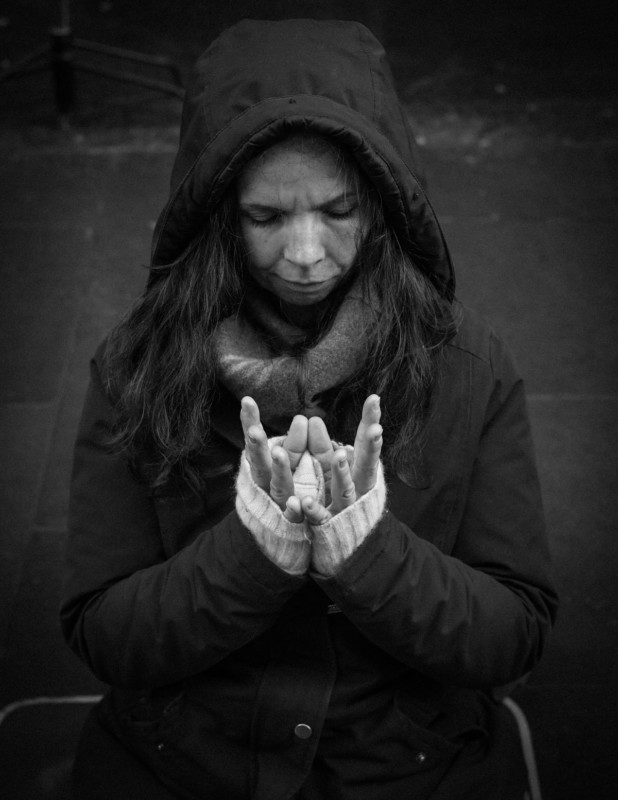
12. Ego has no place in the classroom.
I wouldn’t define myself as an egotist, but as an artist and an educator, it can be difficult not to sound pretentious when discussing any aspect of photography. This is intensified when a student brings back a particular piece of work that I think really stands out. I’ll want to learn about how they took it and their process in the same way I would want to talk to any photographer about the way they achieve their results.
In order to make sure that no competition exists between any of us, students and teachers alike, I try and be very open about every aspect of everything we are doing, and encourage the students to do the same. It becomes a process where everyone learns from everyone else, rather than pretending that as a teacher I somehow know better, or necessarily more than any of my students.
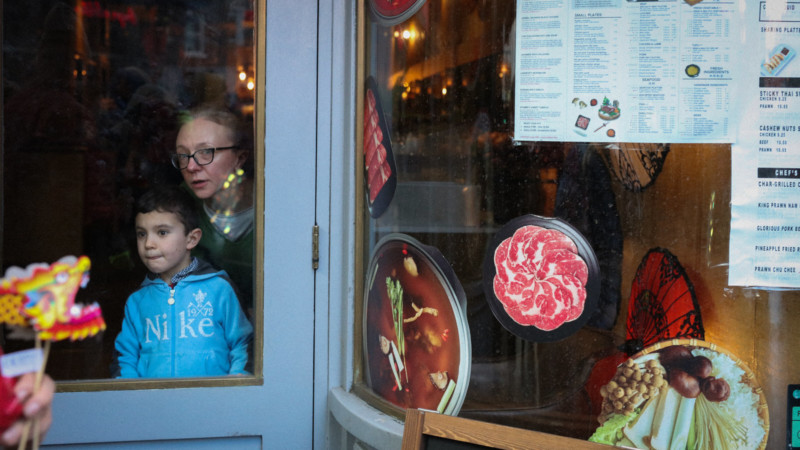
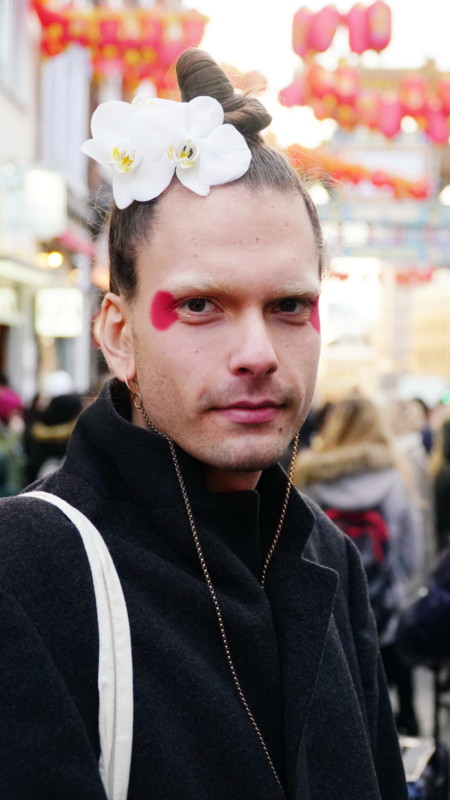
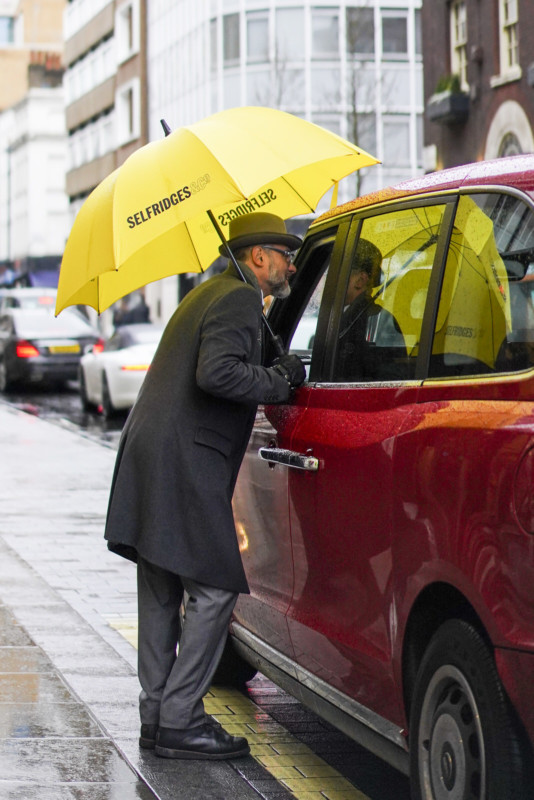
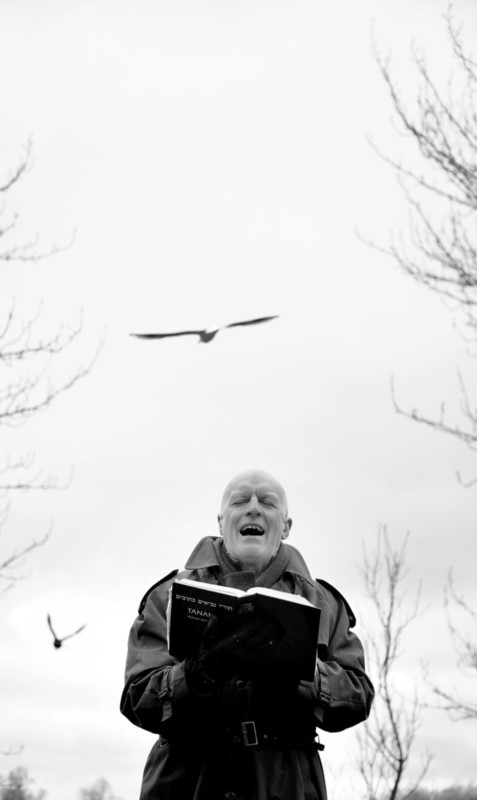
Anyone can learn any aspect photography from YouTube, or articles, or a book — that aspect isn’t special at all. What is special is an environment in which anyone can feel comfortable and safe not only practicing street photography but also sharing and working on improving their own understanding and the understanding of those around them in order to bring their attitude towards the medium to the next level.
I’ve really been enjoying teaching, and am looking forward to taking on my next class in April. I’m also planning on launching a series of shorter, one-two day courses, also through UAL, which will deal with very specific topics – street portraiture, light-architecture, low-light/night street photography, and hopefully street photography on film. I really look forward to seeing how focusing on a specific area of street photography will lead to approaching the way I instruct my students differently!
About the author: Simon King is a London based photographer and photojournalist, currently working on a number of long-term documentary and street photography projects. The opinions expressed in this article are solely those of the author. You can follow his work on Instagram and you can read more of his thoughts on photography day-to-day over on his personal blog. Simon also teaches a short course in Street Photography at UAL, which can be read about here.

